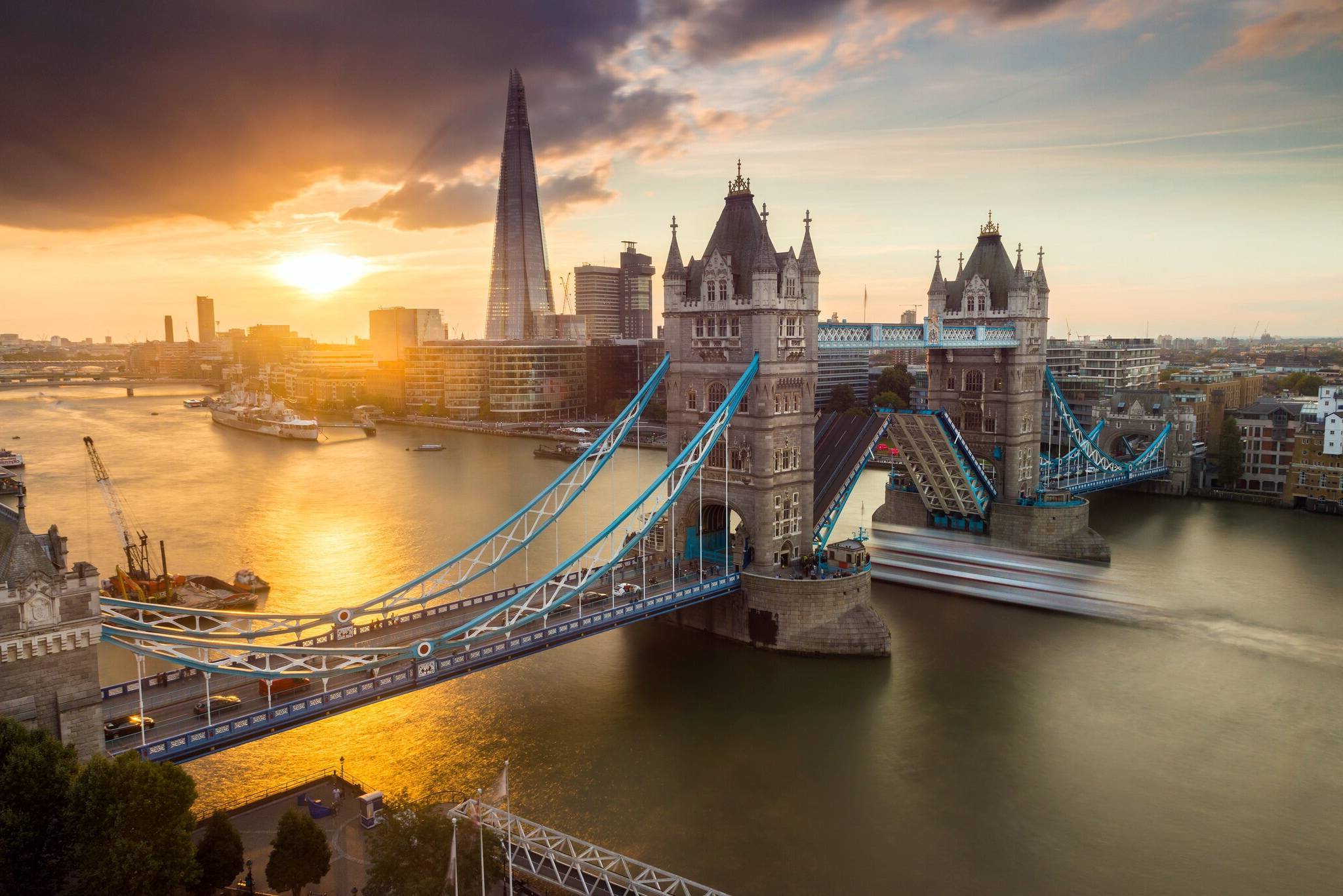
Cultural landmarks are more than just tourist attractions; they are windows into the past, offering glimpses of history, art, and human achievement. Ever wondered why the Eiffel Tower was built or how the Great Wall of China was constructed? These iconic structures tell stories of civilizations, wars, and innovations. From ancient ruins to modern marvels, each landmark has unique tales waiting to be uncovered. Whether you're a history buff, an architecture enthusiast, or just curious, exploring these sites can be both educational and awe-inspiring. Ready to dive into the fascinating world of cultural landmarks? Let's embark on this journey together!
The Great Wall of China
The Great Wall of China is one of the most iconic structures in the world. Stretching over 13,000 miles, it has a rich history and many fascinating facts.
- The Great Wall was built over several dynasties, starting as early as the 7th century BC.
- Contrary to popular belief, the Great Wall cannot be seen from space with the naked eye.
- The wall was primarily built to protect against invasions and raids by nomadic tribes.
- It is made from various materials, including earth, wood, bricks, and stone.
- The Great Wall is not a single continuous wall but a series of walls and fortifications.
The Eiffel Tower
Standing tall in Paris, the Eiffel Tower is a symbol of French culture and innovation. This iron lattice tower has many interesting aspects.
- The Eiffel Tower was completed in 1889 for the 1889 Exposition Universelle (World's Fair).
- It was initially criticized by many prominent artists and intellectuals in France.
- The tower is painted every seven years to protect it from rust.
- It was the tallest man-made structure in the world until the completion of the Chrysler Building in New York in 1930.
- The Eiffel Tower has three levels accessible to the public, with restaurants on the first and second levels.
The Pyramids of Giza
The Pyramids of Giza are ancient marvels that continue to intrigue historians and tourists alike. These structures are a testament to the engineering prowess of ancient Egypt.
- The Great Pyramid of Giza is the oldest of the Seven Wonders of the Ancient World and the only one still largely intact.
- It was built as a tomb for the Pharaoh Khufu and took about 20 years to complete.
- The alignment of the pyramids is astronomically significant, aligning with the stars in Orion's Belt.
- The pyramids were originally covered in smooth, white limestone casing stones that reflected the sun's light.
- The Great Pyramid was the tallest man-made structure in the world for over 3,800 years.
The Colosseum
The Colosseum in Rome is a monumental amphitheater that showcases the grandeur of ancient Roman architecture and culture.
- The Colosseum could hold between 50,000 and 80,000 spectators.
- It was used for gladiatorial contests, public spectacles, and dramas based on Classical mythology.
- The structure has suffered damage from earthquakes and stone-robbers over the centuries.
- It is one of the New Seven Wonders of the World.
- The Colosseum had a complex system of underground tunnels and rooms used to house animals and slaves.
The Taj Mahal
The Taj Mahal in India is a stunning example of Mughal architecture and a symbol of love. This white marble mausoleum attracts millions of visitors each year.
- The Taj Mahal was commissioned by Emperor Shah Jahan in memory of his wife Mumtaz Mahal.
- It took approximately 22 years and 20,000 workers to complete.
- The structure is adorned with precious and semi-precious stones, including jade, crystal, and turquoise.
- The Taj Mahal changes color depending on the time of day, appearing pinkish in the morning, milky white in the evening, and golden under moonlight.
- The gardens surrounding the Taj Mahal are designed to represent the Islamic concept of paradise.
Machu Picchu
Machu Picchu is an ancient Incan city located high in the Andes Mountains of Peru. This archaeological site offers a glimpse into the sophisticated civilization of the Incas.
The Final Word on Cultural Landmarks
Cultural landmarks tell stories of human achievement, creativity, and resilience. From the Great Wall of China to the Eiffel Tower, these sites connect us to our past and inspire future generations. They’re not just tourist spots but symbols of identity and heritage. Visiting these places offers a glimpse into different cultures and histories, enriching our understanding of the world. Whether it’s the Taj Mahal or Machu Picchu, each landmark has a unique tale that adds to the mosaic of human civilization. Next time you travel, take a moment to appreciate the significance of these incredible sites. They’re more than just structures; they’re the heartbeats of our shared history. So, pack your bags, grab your camera, and get ready to explore the wonders that make our world so fascinating.
Was this page helpful?
Our commitment to delivering trustworthy and engaging content is at the heart of what we do. Each fact on our site is contributed by real users like you, bringing a wealth of diverse insights and information. To ensure the highest standards of accuracy and reliability, our dedicated editors meticulously review each submission. This process guarantees that the facts we share are not only fascinating but also credible. Trust in our commitment to quality and authenticity as you explore and learn with us.


